This is the continuation of my previous question. I now have an image like this
Here the corners are detected. Now I am trying to estimate the dimensions of the bigger box while smaller black box dimensions are known.
Can anyone guide me what is the best way to estimate the dimensions of the box? I can do it with simple Euclidean distance but I don't know if it is the correct way or not. Or even if it is the correct way then from a list of tuples (coordinates) how can I find distances like A-B or A-D or G-H but not like A-C or A-F?
The sequence has to be preserved in order to get correct dimensions. Also I have two boxes here so when I create list of corners coordinates then it should contain all coordinates from A-J and I don't know which coordinates belong to which box. So how can I preserve that for two different boxes because I want to run this code for more similar images.
Note: The corners in this image is not a single point but a set of points so I clustered the set of the corner and average them to get a single (x,y) coordinate for each corner.
I have tried my best to explain my questions. Will be extremely glad to have some answers :) Thanks.

